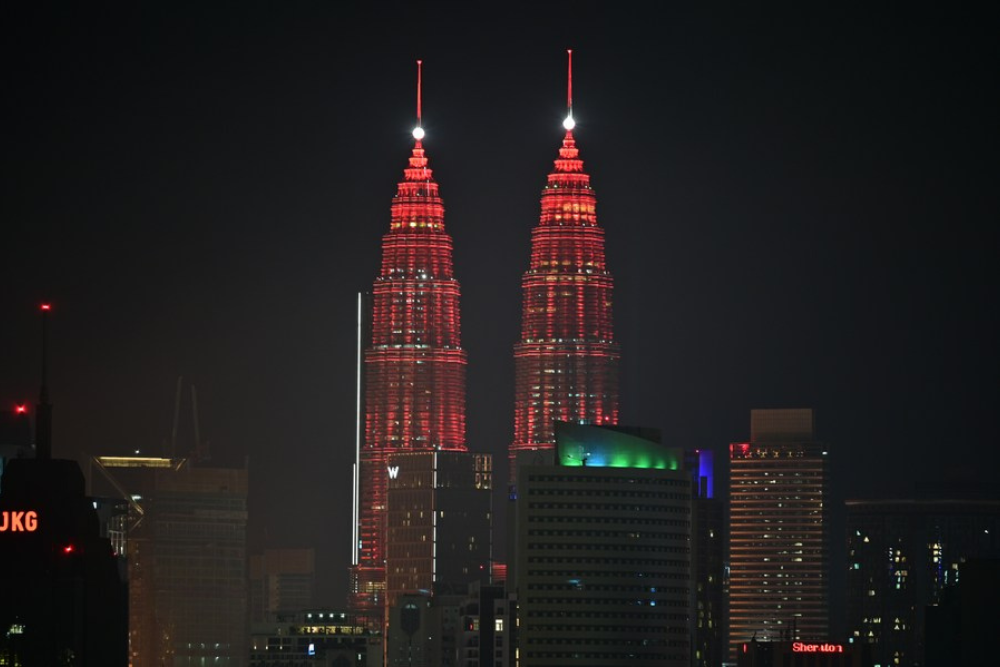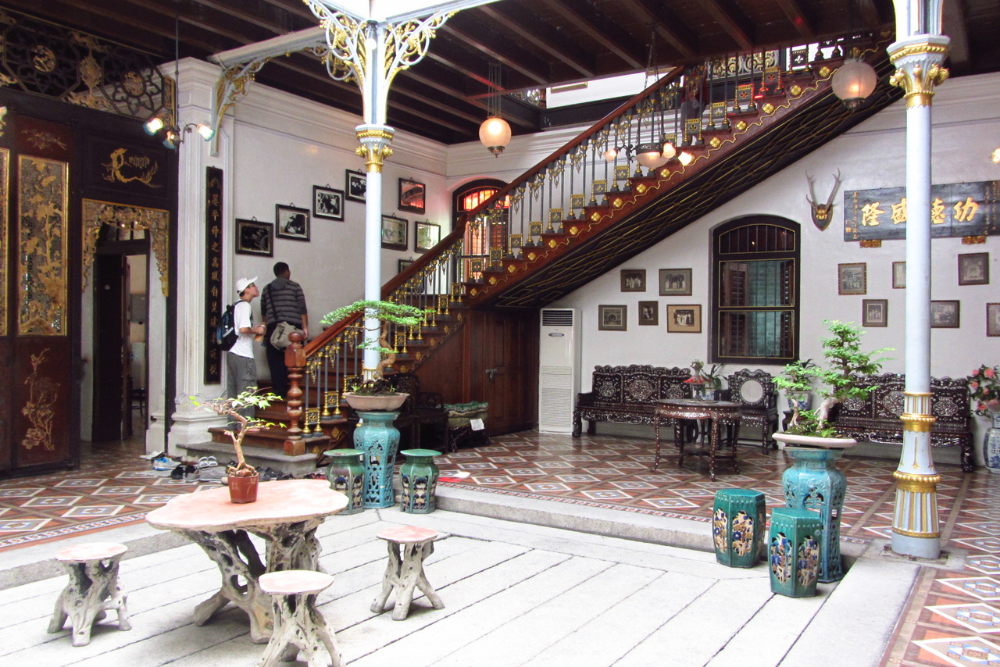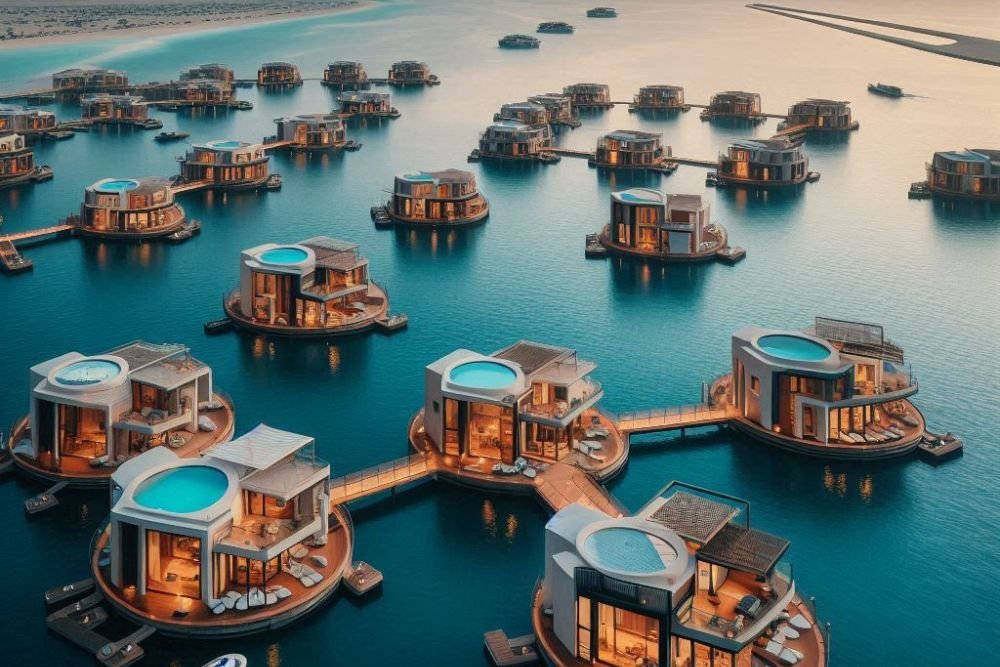Malaysia’s architecture is a vibrant tapestry woven from its rich history, diverse cultures, and modern innovations. The country’s unique architectural landscape reflects the influences of Malay, Chinese, Indian, and colonial styles, creating a harmonious blend that captivates visitors. In this blog, we’ll explore some of the most iconic architectural wonders in Malaysia, showcasing how they embody the nation’s heritage and aspirations.
The Majestic Petronas Towers

Standing tall in Kuala Lumpur’s skyline, the Petronas Towers are a symbol of Malaysia’s rapid development. Completed in 1998, these twin towers soar to a height of 452 meters, making them the tallest twin structures in the world. Designed by Argentine-American architect César Pelli, the towers feature a postmodern style with Islamic motifs that reflect Malaysia’s Islamic heritage. The sky bridge connecting both towers offers breathtaking views of the city and serves as an excellent vantage point for photographers.
Traditional Malay Houses

Venturing beyond urban landscapes, traditional Malay houses offer a glimpse into Malaysia’s indigenous architecture. These stilted wooden homes are typically built using local materials such as timber and bamboo. Characterized by their steep roofs and intricate carvings, these houses are designed to withstand tropical weather conditions. One notable example is the Rumah Melayu, which showcases distinct features like open verandas and elevated platforms. Visitors can explore these traditional houses in cultural villages like Kampung Gombak or Kampung Baru.
The Enigmatic Islamic Architecture

Islamic architecture plays a pivotal role in shaping Malaysia’s identity. One of the finest examples is the Sultan Ahmed Shah State Mosque in Kuantan. With its stunning blue dome and intricate tile work, this mosque embodies the elegance of Islamic design. The National Mosque (Masjid Negara) in Kuala Lumpur is another architectural gem that showcases modernist interpretations of traditional Islamic features. Its striking minarets and beautiful gardens create a serene atmosphere for worshippers and visitors alike.
Colonial Influences: The Colonial Buildings

Malaysia’s colonial past is evident in its architecture. The iconic Sultan Abdul Samad Building in Kuala Lumpur is a prime example of Moorish Revival architecture. Built in 1897, this building features a stunning clock tower and intricate arches that reflect British colonial influence. Today, it houses various government offices but remains a popular tourist attraction due to its historical significance.
Another remarkable colonial structure is the Penang City Hall in George Town. This neoclassical building boasts grand columns and elegant facades that speak to its colonial roots while blending seamlessly with Penang’s vibrant cultural scene.
Contemporary Marvels: The Petronas Philharmonic Hall
In contrast to traditional styles, contemporary architecture has also made its mark on Malaysia’s skyline. The Petronas Philharmonic Hall, located within the KLCC complex, showcases modern design principles with its sleek lines and innovative use of space. This concert hall is not only an architectural marvel but also a cultural hub for music lovers. Its state-of-the-art acoustics make it one of the best venues for orchestral performances in Southeast Asia.
Cultural Fusion: Cheong Fatt Tze Mansion

The Cheong Fatt Tze Mansion in Penang is a beautiful example of cultural fusion in Malaysian architecture. This historic mansion combines Chinese and European design elements, reflecting the life of its original owner—a wealthy Chinese merchant known as “The Blue Mansion.” With its vibrant blue facade and ornate interiors adorned with antique furniture and art pieces, this mansion tells stories of Penang’s rich history and multicultural heritage.
Sustainable Architecture:
As environmental awareness grows globally, Malaysia has embraced sustainable architecture as well. Buildings like EcoWorld Gallery showcase eco-friendly designs that prioritize energy efficiency and sustainability. These modern structures often incorporate green spaces, rainwater harvesting systems, and renewable energy sources to minimize their environmental impact while providing comfortable living spaces for residents.
Conclusion
From traditional Malay houses to towering skyscrapers representing modernity, Malaysia’s unique architecture offers a visual feast for travelers seeking to understand the country’s diverse culture and history. Each structure tells a story—whether it’s about heritage or innovation—inviting visitors to explore further into Malaysia’s architectural wonders.
Embark on your journey through Malaysia’s rich architectural landscape today! Discover how each building contributes to the nation’s identity while reflecting its past and future aspirations.












